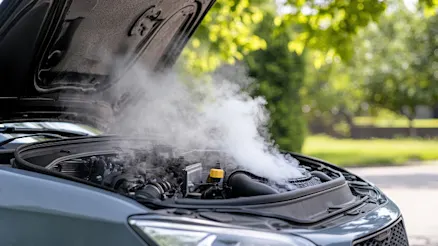
What to do when your car overheats
Car overheating? Learn why it happens, what to do (and avoid), and follow our step-by-step guide to stay safe and prevent engine damage.

Your car is more than just a mode of transportation, it’s also a complex system of interconnected components working together to take you from place to place. Like any machine, cars are not immune to mechanical issues big or small, and understanding the warning signs they exhibit is crucial for maintaining both performance and safety.
Dashboard lights, mysterious stalls, drifting on the road, or even the wiper fluid lights that everyone seems to ignore – all these signals demand your attention. In this guide, we’re taking a look at common car problems, what they mean, and how to determine whether you can fix them yourself or if you need a trip to the mechanic.
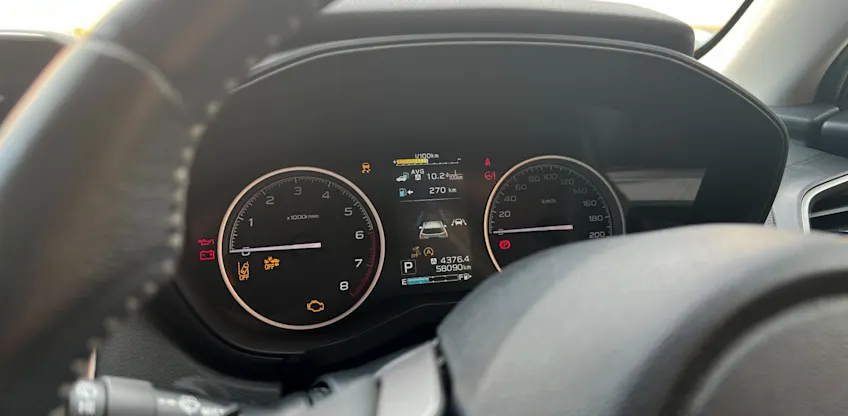
If there’s something going on with your car, one of the signal lights on your dash will tell you. Things like tyre pressure, traction control and engine warnings are all indicated on your dash, so it’s important to know what they mean and what you need to do. Here’s a few:
The dreaded check engine light is both scary and ambiguous, because it doesn’t really tell you exactly what’s going on. It has to do with your car’s motor and emissions system, and could be as minor as a loose wire or gas cap, or something more serious to do with the car’s engine itself.
If the check engine light comes on while you’re driving and everything seems fine, don’t panic but don’t ignore it either. Drive on to a mechanic to get the problem diagnosed and get a precise idea of what’s actually going on under the hood.
The battery light illuminates when the car's charging system detects a problem. This could be a failing alternator, a loose or corroded battery connection, or a dying battery. If the battery light turns on while driving, it's essential to pull over safely and turn off non-essential electrical components. Head to a mechanic ASAP to prevent a potential breakdown and keep your battery healthy.
When your engine is running too hot, this red light will come on. This could be caused by your engine overheating, a coolant leak, or even a faulty sensor. A blue coolant warning light however, means the opposite – your engine is getting too cold and needs a moment to warm up before setting off.
If the coolant temperature warning light comes on while you’re driving, stop in a safe area and let the engine cool down. If you can, check for leaks in the coolant system. Or stay on the safe side and get it checked out by a professional if the light keeps coming on.
The TPMS light alerts you to low tyre pressure, which can compromise vehicle handling and fuel efficiency. When this light comes on, head to a service station to check your tyre pressures and inflate them to the recommended psi. If the light won’t go away, it could indicate a puncture or a malfunction in the TPMS sensor.
A lit washer fluid light is a reminder to refill your washer fluid reservoir. While seemingly minor, a clear windshield is crucial for safe driving, especially in adverse weather conditions. Regularly topping up the washer fluid helps maintain visibility, ensuring you can see the road clearly. Keep a handy spare bottle of washer fluid in your trunk for convenience.
This one’s an easy one. You’re simply running low on fuel! It’s probably time for a pit stop at the petrol station. Did you know the arrow alongside the low fuel icon tells you which side of your car your fuel cap is located on?
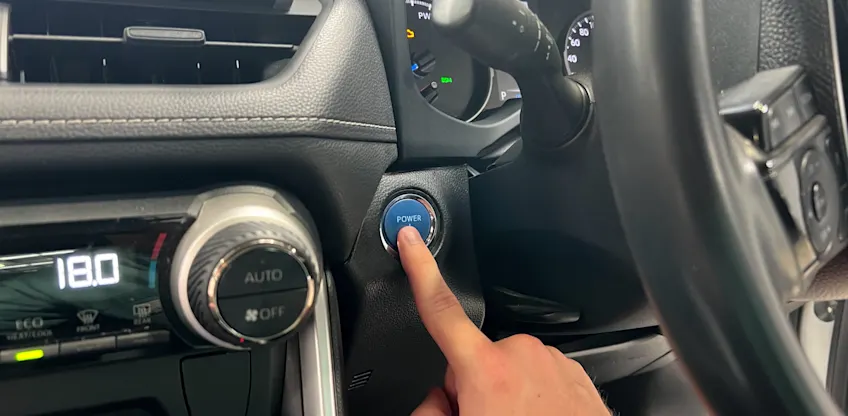
Ever tried turning the key or pushing the start button and you’re met with silence? Frustrating isn’t it. A car that won't start could have various underlying issues, with a flat battery being the most common reason. If you’ve got access to a second car or a jump pack, try jumpstarting your car first to get it going, then get the car checked out to diagnose any issues.
If your car seems to have a mind of its own, pulling to the left or right while driving, it's more than just an inconvenience – it's a potential safety hazard. Uneven tyre pressure, misaligned wheels, or worn-out suspension components could be the culprit. Regular tyre rotations, wheel alignments, and proper maintenance can correct these issues, ensuring your car maintains a straight path on the road.
Rainy weather can be treacherous, especially if your car feels like it's lacking grip on wet surfaces. This may stem from worn-out tyres or an issue with the traction control system. Regular tyre maintenance, including checking tread depth and ensuring proper inflation, can enhance your car's safety on slippery roads. Additionally, staying vigilant to any unusual noises or warning lights related to traction control can help you get ahead of potential issues promptly. It’s also a good idea to keep an eye on your tyre wear and change out any bald tyres immediately.
A flat tyre is definitely an inconvenience on the road, but knowing how to handle it can be the difference between a minor setback and a major ordeal. A flat tyre warning light on the dashboard typically doesn't exist, but you might notice a sudden loss of air or hear a distinctive thumping sound while driving. If you do get a flat, we’ve got just the guide for you on how to change a tyre to get you back on the road safely.

Car overheating? Learn why it happens, what to do (and avoid), and follow our step-by-step guide to stay safe and prevent engine damage.
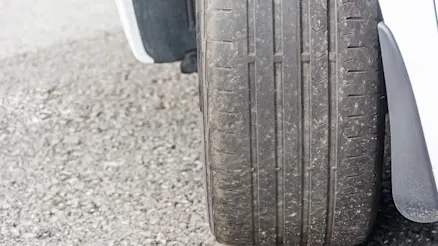
Discover what wear and tear means for your car, with key examples like tyre wear, brake wear, and paint fading. Learn how to minimise wear and keep your car in top condition.
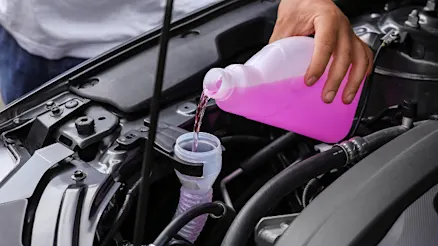
Stay safe on the road with these essential monthly car maintenance checks. From engine oil to tyre pressure, learn how to keep your car running smoothly and avoid costly repairs.